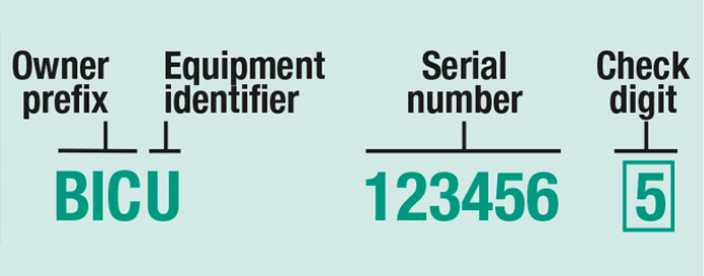The International Register of Container Owner Codes
The international register of identification codes for container owners was originated by the Bureau International des Containers (BIC) and has been published continually since 1970. It was subsequently adopted by the International Organization for Standardization (ISO) in 1972, forming an essential part of the ISO 6346 standard : « Freight Containers – Coding, Identification and Marking ». This standard also describes technical markings such as size and type code, country code and various operational marks.
Only ISO Alpha-codes (container prefixes) for identification of container owners registered with the BIC may be used as unique identity marking of containers in all international transport and customs declaration documents.


